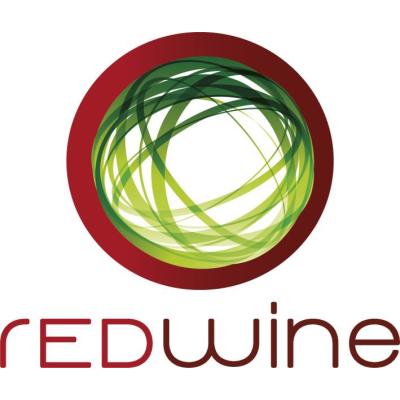
REDWine
INCREASING MICROALGAE BIOMASS FEEDSTOCK BY VALORIZING WINE GASEOUS AND LIQUID RESIDUES

INCREASING MICROALGAE BIOMASS FEEDSTOCK BY VALORIZING WINE GASEOUS AND LIQUID RESIDUES
Global warming caused by greenhouse gases (GHGs) is one of the greatest challenges and concerns for humanity. Atmospheric concentrations of CO2 are currently at their highest for some 800,000 years, yet mankind continue to emit them in increasing amounts. This is creating a pressing need to reduce GHG production wherever possible.
One industry affected by global warming – and an emitter of GHGs – is the wine industry. Many areas of Europe that were traditionally under vine are now an increasingly hostile environment. At the same time, however, fermenting grapes for wine produces CO2 as a by-product; this is contained in the so-called ‘off-gas’. The REDWine project will demonstrate the technical, economic and environmental feasibility using this off-gas created during red wine fermentation (rich in CO2) and winery liquid effluent to aid production of Chlorella biomass and extracts.
The CO2 generated – along with the liquid effluent from washing wine fermentation tanks, which is rich in carbon, nitrogen and phosphorus – will be used to feed microalgae production systems. The captured CO2 will be liquified and stored, while the washing water will have the organic compounds removed and the remaining water used to clean the tanks. This can then also be directed to algae production. The process should reduce overall CO2 emissions by more than 30%, while potentially generating a new revenue stream for the producers at the same time.
The overarching objective of the REDWine project is to reduce the overall contribution of wine production to global warming and valorising the outputs. Within this, it will also pursue some specific objectives.
By achieving its overall objectives, the REDWine project will both reduce the emissions of greenhouse gases from wine production and make use of it and of other side streams in microalgae cultivation. In addition to this, it will also make contributions to specific BBI JU KPIs. It will:
In addition, the REDWine technologies will substantially reduce the pollution created by the wine industry and increase its circularity of production. It will also help Europe release the potential of micro algae cultivation.